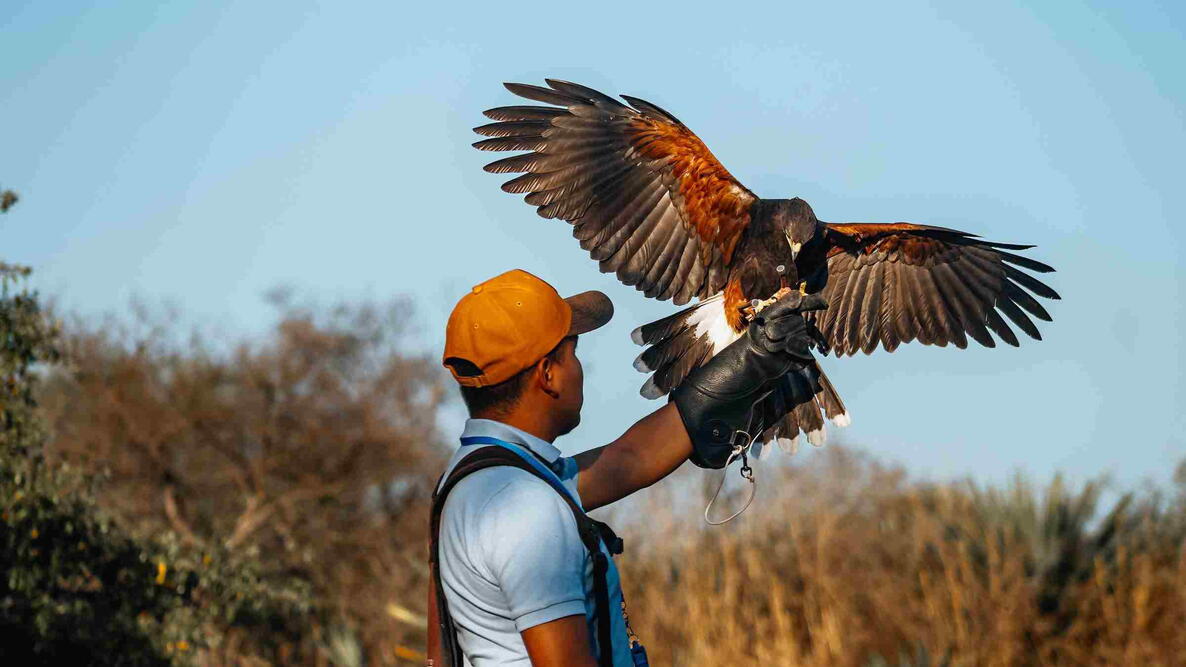
Caption
A Harris’s hawk perched on the falconer’s gloved hand.
Photo Credit
W. Creators
We have had an influx of Harris Hawks in Houston, Texas. For the first time!! Mostly on the west side near the Energy Corridor - which runs along Buffalo Bayou. I have a yellow tabby stray cat who has suffered slashes on his front arm twice. My pest control guy (who is an old farmer) told me about the Harris Hawks migrating this way from the wildfires in Southern California and Arizona.
I now coax this stray into my laundry room during dusk each day and I have warned my neighbors to watch their small dogs and outdoor cats!!!
These Harris Hawks seem like well organized hunters. The lead hawk seems to be the scout and then about 20 - 30 in a group follow and swoop down.
I don’t know where they return to as the sun sets??? But it’s clockwork!!
I live in southeast Tn. We have many lakes in my area & the Tennessee river. We have many hawks here & a few eagles. Across the street from my work is a tall cell tower. I have seen as many as 20 hawks sitting at the top of the tower. The most beautiful thing to see is when they take off from the tower. One by one, they open their wings & sail from the tower as if it had been choreographed!!! It takes my breath away! It amazes me how they so easily can hover in the updrafts without moving their wings. BEAUTIFUL : ) There's a golf course nearby. There's a family of Bald Eagles living in a tall tree on the course. They have a web cam in the tree so people can watch. One day I pulled it up & they had a rabbit in their nest & young chicks also! Isn't nature grand!
Can you give an example of the differences of wing shape between eagles and hawks when flying too high for identification. Around here they fly too high even for color identification underneath without field glasses. Occasionally you can see the white tail feathers of a mature eagle, but we also have the young. I never can remember which are which. Some have wing spread that is flat across the leading edge and others have a "V" shape (around here, might even be seagulls). Everybody seems to have different answers. They also call when they're that high up, but can't determine who's who. An article on this would be appreciated. Thank you.
I'm looking for information about ospreys. Where I live (FL) there are many and I have the good fortune to be able to observe them close up from my balcony, where they perch on a dead palm tree. Where do they go, where do they nest, and how often might I be able to observe them? Is there anything I can do to tempt them to stay nearby?
I'm looking for information about ospreys. Where I live (FL) there are many and I have the good fortune to be able to observe them close up from my balcony, where they perch on a dead palm tree. Where do they go, where do they nest, and how often might I be able to observe them?
I live in Portland, OR and we have a Red-Tail Hawk nest within a couple blocks of our house. She eats her meals in the top of the tree next door - in addition to rodents, our Hawks also dine on Pigeons (Rock Doves) since they are so plentiful. You can quite often see them perched on the light poles along the freeway, or being harassed by the Crows in the sky. There is an island in the river that bisects our downtown, and it has had Bald Eagle nests for quite a few years now. I've also seen a Peregrine Falcon, both in our neighborhood and downtown, and of course because of all the rivers, we have lots of Osprey. There are lots of all kinds of Owls in the area, but not usually around the city.
From Gladys VA, we see several variety's of birds of prey ranging from the owls, hawks, kestrel, and I am sure others. No eagles as yet though. Mostly in our area barn owls are prevalent. Not as dramatic but certainly a useful creature for keeping the rodent population at bay.
Yesterday, while out walking my dog, I saw two hawks/ospreys/? gliding low over my neighborhood. I first saw the birds a couple of weeks ago on a beautiful, cool, cloudless morning. On that day, against the clear, deep blue sky they glided in circles and soared on updrafts. I was certain they were watching me even as I marveled at them. Yesterday was overcast and cool and the two were circling at much lower altitude. Very much closer. Again, I stopped and watched them as with hardly a wing beat they glided and circled. I stood mesmerized as one of them folded his/her wings and in an instant dove straight at us. Instinctively, I moved to put my dog behind me as the beautiful bird pulled out of the dive two feet off the ground and thirty feet away from us. It was quite an experience and it happened in the blink of an eye.
We live in Southern Oregon and red tail hawks are sighted regularly, along with ospreys on the river.
I'm on the Tx., Ok. border, right in the middle. I se Many of the Red tail hawks here, and not once have they Ever offered to bother my chickens! However, there is a pair of owles (i have yet to identify) who make trouble at nite (specially for my cat). They have a Lovely *call*...Whoo, whoo...whoowhoo! Always the 4 pattern! Anyone know this bird? Tks!
- « Previous
- 1
- 2
- …
- 10
- Next »

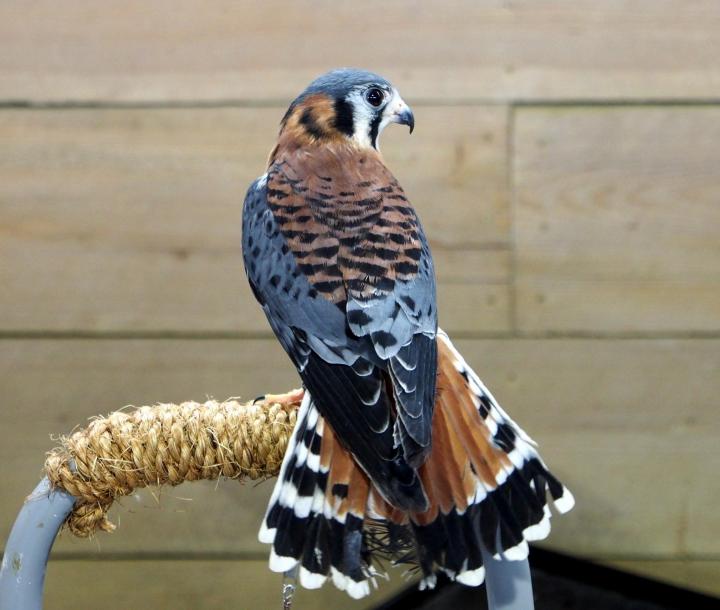
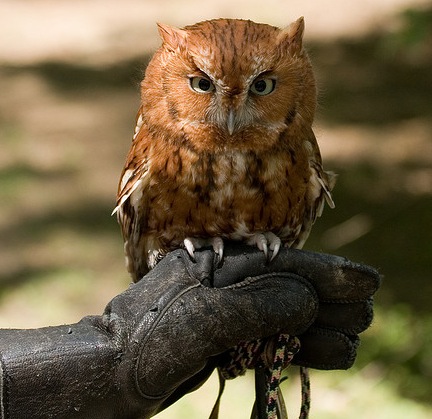
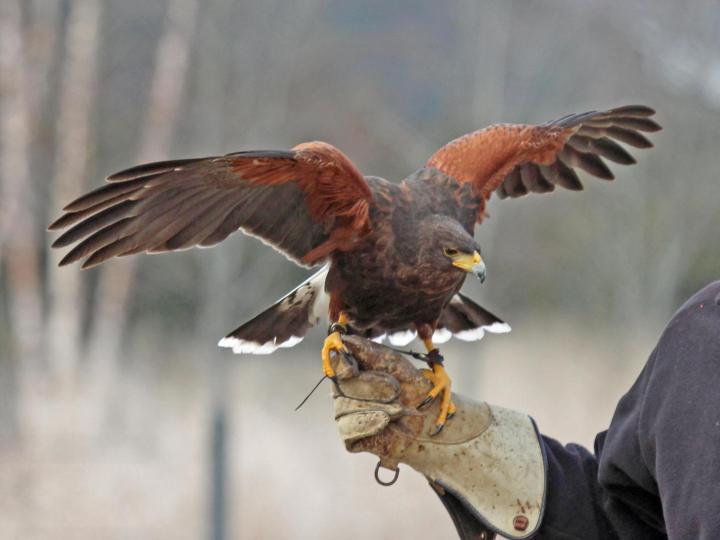



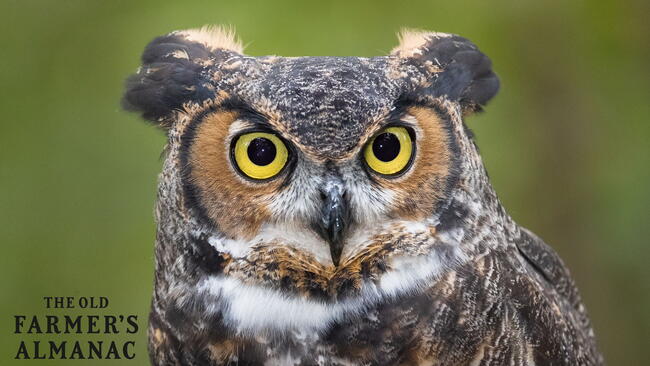




Comments